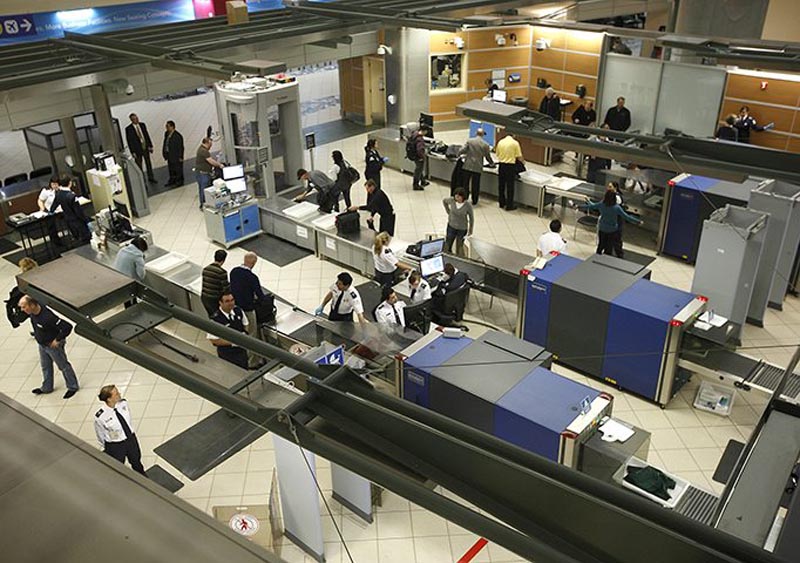As public venues, airports, stadiums and offices strive for frictionless and safe access control, contactless security screening methods like facial recognition, thermal scanning and radar imaging are seeing rapid adoption. However, privacy risks around extensive personal data harvesting without consent are sparking debates around ethical usage. This article analyzes the pros and cons of contactless screening and offers recommendations for balancing security, efficiency and civil liberties.
Key Drivers Towards Contactless Checkpoint Screening
Several factors are catalyzing the shift towards contactless security checkpoint screening:
1. Delivering seamless and convenient user experiences akin to walking freely rather than stopping for checks. This builds positive perceptions.
2. Curbing infectious disease transmission by avoiding close physical inspector contact. A key priority since COVID-19.
3. Rapid throughput by parallel screening multiple people simultaneously, crucial for mass events.
4. Overcoming limitations of manual inspections like fatigue and lack of scalability.
5. Leveraging advances in sensors, video analytics and AI to automatically detect policy violations.
Common Methods and Technologies Used
Contactless Checkpoint Screening systems leverage a variety of sensing and analytical techniques to assess threats including:
§High resolution and infrared surveillance cameras for facial recognition and micro-expression analysis to catch suspicious behaviors.
§Radar and millimeter wave imaging to detect concealed objects or weapons based on how signals reflect back from the body.
§Gait analysis through imaging and floor sensors to determine abnormal movement patterns.
§Thermal scanning to identify passengers with elevated body temperature, symptomatic of illness.
§Multi-modal AI analysis by combining video, audio and sensor inputs for holistic screening.
Privacy and Civil Liberty Considerations
While delivering safety and efficiency, pervasive contactless checkpoint screening raises ethical questions around:
§ Blanket user data capture without consent across public areas.
§ Legal risks of storing identifiable information like detailed facial imagery.
§ Biometric data leaks enabling potential digital identity theft through simulations.
§ Tracking individual whereabouts and activities across space and time.
§ Lack of transparency behind AI based automated decision triggers.
Applicable Regulations and Guidance Framework
Global policy frameworks like General Data Protection Regulation (GDPR) have clauses requiring unambiguous user consent before collecting personally identifiable information (PII), outlining principles for privacy-centric design of systems. Cross-border data flows may face restrictions.
Within the United States, states like California, Colorado and Virginia have separate localized privacy laws covering obligations like data breach notification and constraints on using collected information for secondary commercial purposes like targeted advertising without prior approval.
Organizations leveraging contactless security checkpoint screening should ensure security governance policies explicitly address factors like:
§ Local jurisdictional privacy, biometric data usage statutes.
§ De-identification of datasets to protect user anonymity.
§ Restricting analytics to aggregate statistics rather than individual user data.
§ Transparency to users around data handling policies and breach response commitments.
Minimizing Privacy Risks
IT architects have several technology alternatives to help minimize privacy problems and boost operational safety security with contactless screening:
Decentralized Data Processing: Performing analysis like facial matching directly on checkpoint edge devices rather than streaming video feeds to centralized servers limits exposure.
Local Storage: Storing minimal biometric datasets required for authentication rather than bulky media, auto-expiry post screening sessions.
Access Controls: Applying data at rest encryption, tokenization of sensitive fields (like replacing facial images with hashed values), multi-factor access policies for repositories containing personal artifacts or imagery.
Opt-Out Support: Equipping contactless systems with alternate modes like manual check interactions for users declining biometric authentication due to religious sentiments or disabilities impeding facial, gait recognition.
Contactless Checkpoint Screening Is the Future!
In conclusion, while contactless security screening offers immense value in enabling seamless, hygienic and rapid checkpoint experiences, wide adoption necessitates balanced policies addressing social considerations. Security, legal and technology leaders need to collaborate right from planning stages to assess options, define controls around usage transparency, consent, data custody assurances and accessibility provisions for disadvantaged groups before embracing new detection paradigms.
Global standards bodies bringing together advocates from government agencies, technology providers and public policy institutes have a pivotal role to play in furthering dialogue and building consensus frameworks. With careful planning and assessments, the next generation of touchless checkpoint screening can usher convenience, safety and enjoyable journeys without compromising public trust.
For guidance on balancing security and privacy aspects with advanced detection systems, consult experts at Security Detection Solutions.





